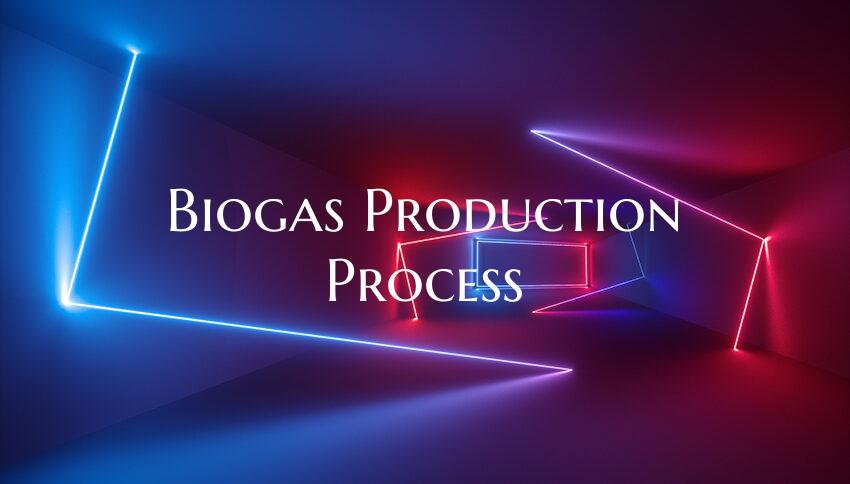Biogas Production Process
Biogas Production Process
Biogas is a renewable energy source produced through the anaerobic digestion of organic matter, such as agricultural waste, food waste, and wastewater. The biogas production process is a sustainable way to generate energy while reducing the environmental impact of organic waste. Below are the key steps in the biogas production process:
1. Feedstock Collection: The first step in biogas production is the collection of organic waste materials that will be used as feedstock in the anaerobic digestion process. This can include manure from livestock, crop residues, food waste from restaurants or households, and wastewater from industrial processes.
2. Pre-Treatment: Before entering the biogas digester, the feedstock is often pre-treated to optimize the digestion process. Pre-treatment may involve shredding, grinding, or mixing the organic material to increase its surface area and enhance microbial activity.
3. Anaerobic Digestion: The heart of the biogas production process is anaerobic digestion, which takes place in a sealed digester tank where microorganisms break down the organic matter in the absence of oxygen. This process produces biogas, mainly composed of methane and carbon dioxide.
4. Biogas Collection: The biogas produced during anaerobic digestion is collected and stored in a gas holder or storage tank. The composition of biogas can vary depending on the feedstock used and the operating conditions of the digester.
5. Biogas Upgrading: Biogas can be upgraded to remove impurities such as carbon dioxide and hydrogen sulfide, producing biomethane, which has a higher purity and energy content than raw biogas. Biomethane can be used as a vehicle fuel or injected into the natural gas grid.
6. Digestate Management: After the anaerobic digestion process is complete, the remaining digestate is a nutrient-rich byproduct that can be used as a fertilizer in agriculture. Proper management of digestate is essential to minimize environmental impact and maximize its potential as a soil conditioner.
7. Energy Generation: The biogas produced can be used to generate electricity and heat through combined heat and power (CHP) units, or it can be upgraded to biomethane for use as a renewable natural gas fuel. Biogas production helps to reduce greenhouse gas emissions and dependence on fossil fuels.
In conclusion, the biogas production process offers a sustainable solution for managing organic waste and producing renewable energy. By harnessing the power of anaerobic digestion, biogas facilities can contribute to a cleaner environment and a more sustainable energy future.

